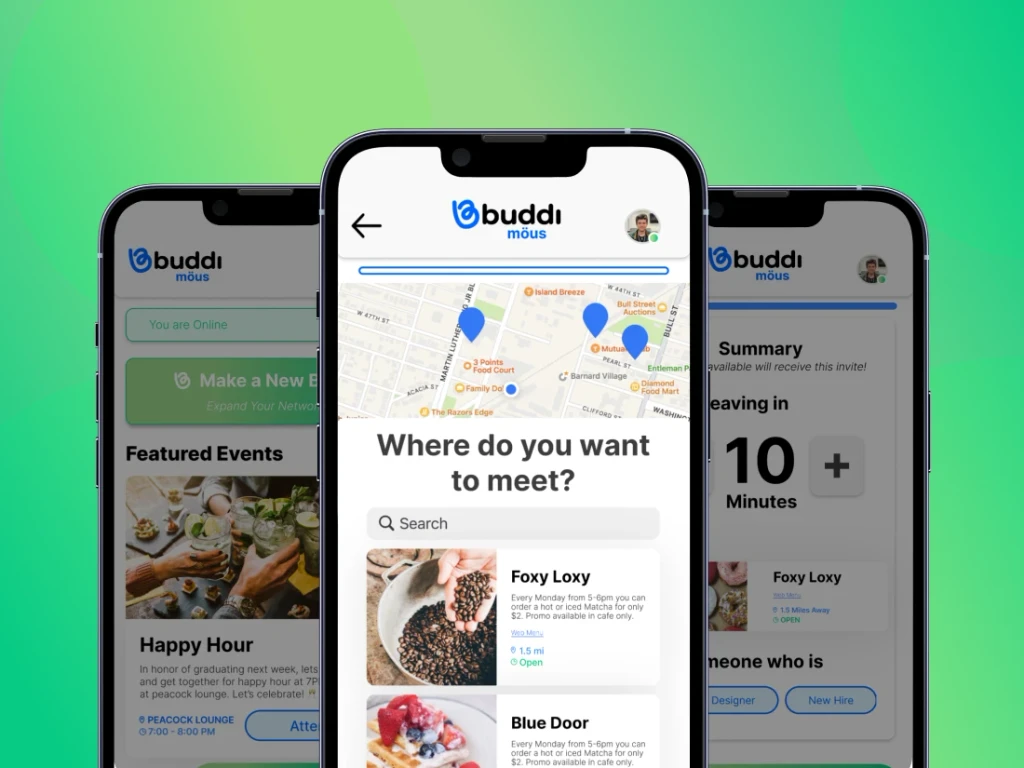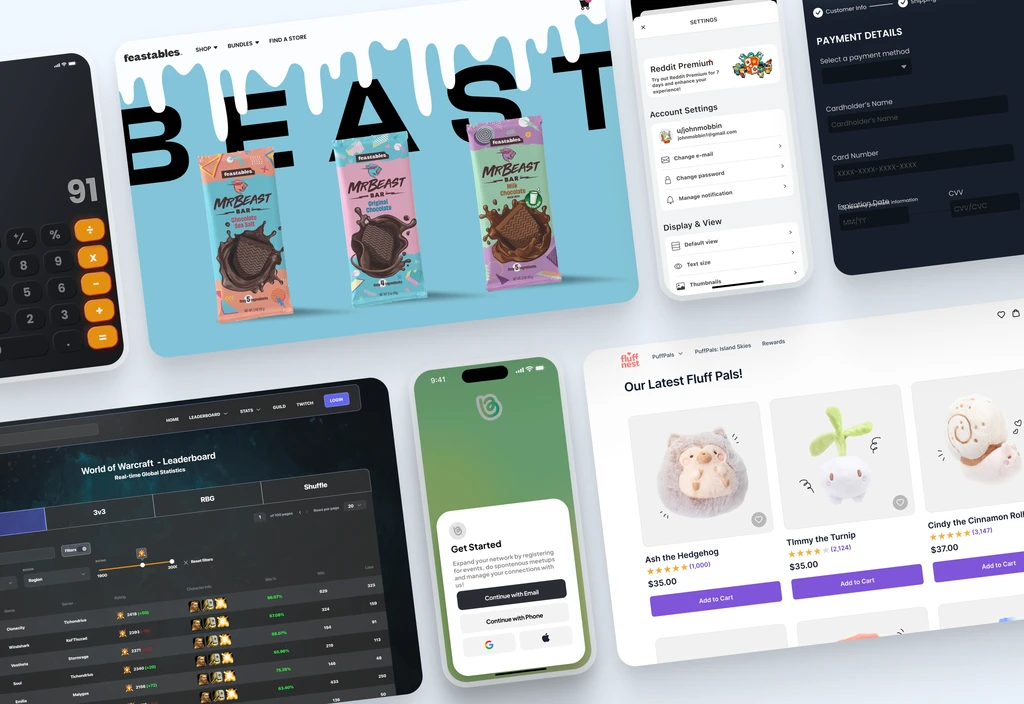Role
User Interface Lead
Tools
Figma, Photoshop, Rhino3D
Team
Seth Leister
Vanessa Hovey
Leo Cayeula
Context
Contrary to popular belief, car accidents and fatalities remain a significant issue in America, with a recent rise in accidents, especially post-pandemic. To address this growing problem, my team and I designed Miles, a fun and engaging app that incentivizes users to develop safer driving habits. Through our comprehensive approach, we created a smart driving companion that can truly revolutionize road safety.
How I added value
As the UI Lead for this project, I spearheaded the visual design process, taking it from rough sketches to a polished, user-friendly interface. I also played a crucial role in understanding user needs through research, brainstorming potential solutions, and testing different design concepts.
Addressing All Causes of Car Accidents
Our journey began with the aim to tackle drunk driving. However, research revealed that drunk driving is just one part of a broader issue.
Car accidents can occur for various reasons: a driver might be drunk, drowsy, distracted by their phone, or even affected by their attitude, such as being aggressive and speeding or tailgating. Often, these issues overlap and contribute to accidents.
DROWSY DRIVING
DRUNK DRIVING
AGGRESSIVE DRIVING
To make a real difference, my team and I broadened our scope and used diverse research methods, such as secondary research, interviews, and surveys, to understand the full picture. And, here are some staggering statistics we found:
37%
of drivers admit to having fallen asleep behind the wheel
32%
of all traffic crash fatalities in the U.S. involve drunk drivers
55%
of fatal motor vehicle accidents is caused by aggressive driving
Miles: Rewarding Safe Driving
From this, we knew we had to develop a comprehensive solution to improve overall driving habits. So, team and I went into brainstorming overdrive. We tossed around wild ideas, debated like crazy, and even had a lot of healthy disagreemenst and debates.
Finally we came up with Miles: an insurance app that rewards safe driving with lower premiums
Testing our idea…again and again!
Well, hold on a sec, we failed to do our market research. It turns out the market already had similar apps. But once started digging deeper, we found out that these apps had some flaws:
Low user engagement: Existing trackers gather inaccurate data due to various factors (low tech, user neglect, etc.)
Unfair impact: Programs disadvantage users with atypical driving habits (e.g., Truck Drivers who drive for long periods of time).
Unattractive to young drivers: Price cuts alone won't incentivize them, requiring innovative features beyond basic discounts is a must.
Privacy concerns: A dashcam recording users 24/7 might be a turn-off due to privacy worries.
Based on the insights gathered from our ideation process, we quickly moved to prototyping and creating low-fidelity designs.
As our idea matured, both our physical designs and our digital and information architecture evolved. We conducted four rounds of user testing until we arrived at a design we were satisfied with.
Constant iteration of our user interface!
As we went through multiple rounds of user testing, our user interface and information architecture continuously improved. Here's a peek into the evolution of some of our UI screens.
BEFORE
AFTER
Making Dashboards Informative and Clear
Initially, I believed that adding graphs would provide enough context for users. However, I soon realized that the dashboard's purpose is to present key information at a glance. After extensive user testing, I learned how to create clear, easy-to-understand graphs and utilize the dashboard space efficiently. This way, users can quickly grasp the essential information they need.
BEFORE
AFTER
Keeping information simple
At first, I thought including insurance details in the pop-up was a good idea. However, this made the scroll too long and risked showing incorrect information since each person’s insurance is different. To avoid errors and keep the pop-up simple, I switched to showing just the insurance company name with a button that redirects users to the company’s page for all relevant, updated information.
BEFORE
AFTER
Importance of visual and color cues
Creating this screen taught me that visual cues are incredibly helpful for users. Using colors to highlight these cues further enhances their effectiveness, making it clear what areas users can improve and where they may have made mistakes.
BEFORE
AFTER
Fewer Taps = Better Experience
I realized that showing users the complete picture with fewer taps creates a more intuitive and user-friendly experience.
BEFORE
AFTER
Smart details make interfaces intuitive
On this screen, adding small details significantly improves the user experience. For example, providing context on the tab helps users understand the purpose of each feature. Additionally, including thumbnails, durations, and points gives users clear information on how they might spend their time and what to expect. These enhancements make the experience much more intuitive and enjoyable.
Tailored learning from user suggestions
Offering users choices is beneficial, as long as there aren't too many options. Adding these screens was based on user requests, recognizing that people learn and absorb information in various ways. Providing diverse options enhances the user experience without overwhelming them.
After overcoming many, many challenges here's….Miles!
We’ve come a long way in our designs, and here is the polished look of Miles: Your smart driving companion that can give you real-time driving feedback and help you unlock sweet insurance premiums the better you drive!
Having an honest conversation goes a long way, and working together always beats a solo player
At the start of our project, there was a lot of friction and disagreements, which didn't help with productivity. So, I mustered up the courage to have an honest conversation with the team.
This project taught me a valuable lesson: the importance of initiating honest conversations. Without that open discussion, we probably wouldn't have made it to where we are today! I'm incredibly proud of all the challenges we overcame together as a team :)) Moving forward, I plan to have these open discussions earlier, fostering an environment of honesty and trust.


























